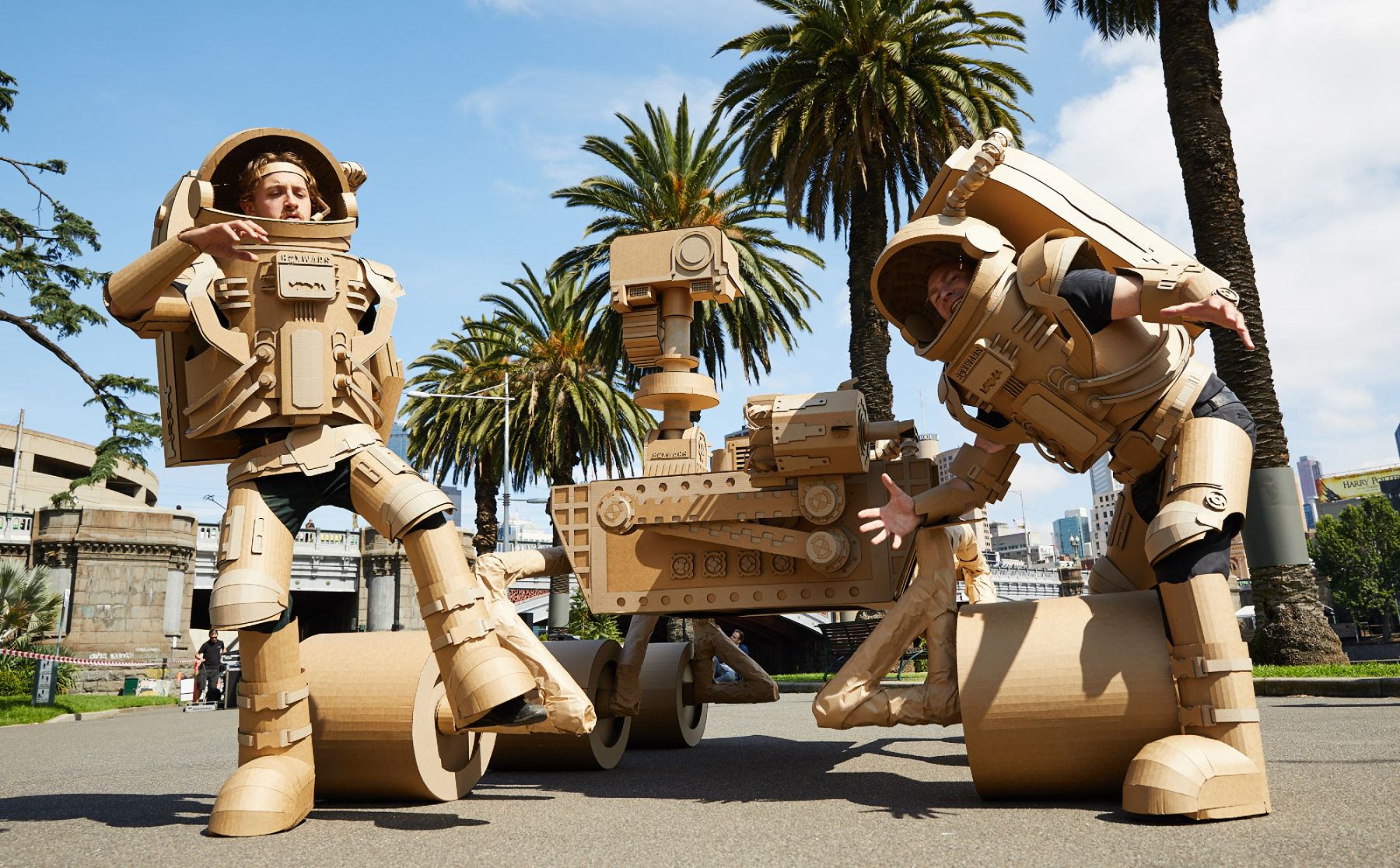Art and the power of healing: World Art Day
“Art is a step from what is obvious and well-known toward what is arcane and concealed,” —by the 'Arab Shakespeare' Kahlil Gibran (1883-1931)
Art is many things. It is music, drama, performance, writing, poetry, painting, drawing, sculpting, embroidery, ceramics, architecture, filming, designing, photography, visual, auditory, sensory, anything and everything that is created with imagination and skill can be art.
Art outlives its creator, often becoming the creative legacy one leaves behind. Art also memorializes. It captures the feelings, the thoughts, the personal and historic events at the time of the artistic creation.
To commemorate the importance and timelessness of art, April 15 was proclaimed ‘World Art Day’ at the 40th session of UNESCO’s General Conference in 2019 to celebrate and to promote art development, diffusion and enjoyment.
Coincidently (or perhaps not), April 15 is also believed to be the birth date one of the world’s greatest pioneering artists and multi- disciplinary creators: Leonardo da Vinci.
Born in 1452, da Vinci’s genius included invention, drawing, painting, sculpture, architecture, science, music, mathematics, engineering, literature, anatomy, geology, astronomy, botany and more. He is widely considered one of the greatest painters of all time, with two of his most widely known works being the Mona Lisa and The Last Supper.
“Art nurtures creativity, innovation and cultural diversity for all peoples across the globe and plays an important role in sharing knowledge and encouraging curiosity and dialogue,” stated on the UNESCO site.
These are qualities that art has always nurtured, and will always champion whenever there are supportive environments and platforms where artists and artistic expressions are promoted and encouraged. The King Abdulaziz Center for World Culture (Ithra) is such a place. A place where artists and their work become ambassadors and representations of a country’s cultural pulse and its creative potential.
One such artist who not only found his solace through art, but found healing catharsis as he created his masterpieces was the Norwegian artist Edvard Munch, whose brushes captured important moments in human history. One whose collection made its Middle Eastern debut exclusively at Ithra’s Great Hall.
“I cannot get rid of my illnesses, for there is a lot in my art that exists only because of them,” Edvard Munch (1863-1944).
The great Norwegian artist had his first exhibition in Saudi Arabia titled “Landscapes of The Soul” hosted at Ithra in partnership with The Munch Museum in Oslo from June to early September 2019. Munch’s tenacious investigation of the soul laid at the core of that exhibition, and was explored in 40 of his paintings, including a lithograph of one of the most famous paintings in Western art history: “The Scream.” Throughout his artistic career, Munch persistently scrutinized existential challenges of the self and the significance of personal experience.

Relevant in today’s own plague-like crisis with lockdowns and self-quarantines taking place around the world as part of a global precautionary act to curb the spread of the infectious coronavirus known as COVID-19, Munch captured a tragic chapter in human history: The Spanish Flu pandemic (1918-1920). It infected 500 million people – about a quarter of the world's population at the time. The artist had caught and miraculously survived the Spanish Flu, after which he painted ‘Self-Portrait After The Spanish Flu’ (1919), where he appeared gaunt, wrapped in a dressing gown and blanket.
There are many artists who healed as they created, and their works are a source of inspiration and connection when viewed by the public.
Another such pioneer whose work provided catharsis for his suffering was the Dutch painter Vincent Van Gogh (1853-1890). Well-known for his artworks and for a particular aspect of his personal life: the post-impressionist spent some time in isolation at Saint-Paulde-Mausole, an asylum at Saint-Remy. He produced great masterpieces that helped him with his anxiety and depression.
"We spend our whole lives in unconscious exercise of the art of expressing our thoughts with the help of words,” Van Gogh is quoted as saying.
From using tools to express oneself to using the right music to set the mood right, art in its many therapeutic forms is what is helping many around the world cope with the current pandemic. This is further made evident online as numerous YouTube videos exist on art therapy and there are various online courses offered for anyone seeking to try their hands at art therapy.
It is interesting to note that it was the Middle Eastern theologians and philosophers who led the way to modern ‘music therapy’, a branch of emotional and physical healthcare that promotes healing, comfort and tranquility. Music often accompanies art therapy. During the glory of the Golden Age of Islamic civilization (from the mid-7th century to the 13th century) Muslim scholars such as al-Farabi, al-Kindi, Muhyiddin Ibn Arabi and Safi al-Din Abd al-Mu’min had acknowledged music therapy as a method of healing. Al Kindi was the first great theoretician of music in the Arab-Islamic world, and is said to have coined the term "musiqi", while Al Farabi, wrote five books on music, one of which, Kitabu al Musiqa al Kabir ("the Great Book of Music"), explains: "The man and the animal, under the impulsion of their instincts, emit sounds that express their emotions.”
Art therapy remains one of the most effective means of therapy when dealing with the most vulnerable of groups, such as those living in war zones or in refugee camps. Therapy that uses activities such as painting, helps for instance refugee children, and children in general, understand and discuss thoughts and feelings they may find distressing and have trouble processing.
There is no limit to art, and the impact of art.
So as we celebrate this year’s World Art Day, we help reinforce the links between artistic creations and society, we encourage greater awareness of the diversity of artistic expressions and highlight the contribution of artists to sustainable development. Through art, we can push forward in our united commitment to build a peaceful and open multi-cultural world.
By Rym Tina Ghazal

Art therapy with Syrian refugee children and Rym Tina Ghazal








